What is high carbon silicon, and what are the differences between silicon carbon alloy and ferrosilicon?
High-carbon silicon alloy is a new alloy used in converters. It can completely replace the carburizer and deoxidizer. Silicon-aluminum iron is added to the bottom of the ladle or along with the steel flow. Due to the high specific gravity of high-carbon silicon alloy, it can be added to the molten steel in the form of blocks. It plays a deoxidizing role, greatly improving the carbon recovery rate (the carbon recovery rate can reach more than 98%).
High-carbon silicon alloy can improve the quality of molten steel, improve product quality, improve product new properties, reduce the amount of alloy added, reduce steelmaking costs, increase economic benefits, greatly improve environmental conditions, and at the same time reduce workers' labor intensity.
High-carbon silicon alloy includes the following components, which are melted and formulated by weight: silicon 50 to 68%, carbon 15 to 20%, phosphorus ≤ 0.05%, sulfur ≤ 0.05%.
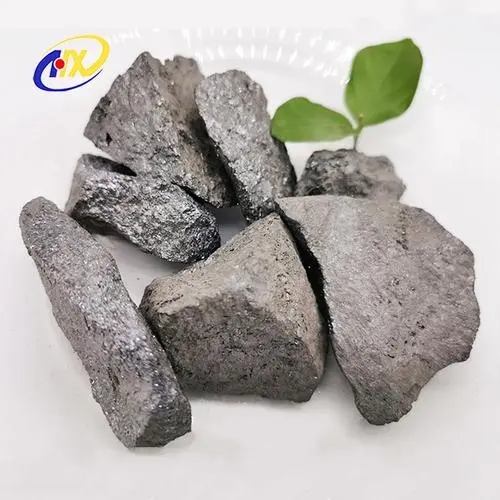
The positive effects of high-carbon silicon alloy are:
1. Since the silicon content in high-carbon silicon alloy is more than 50%, it has a strong deoxidation effect, and the deoxidizer does not contain manganese and other elements, so it has wide applicability;
2. High The proportion of carbon-silicon alloy is relatively large. When put into molten steel, it easily enters the interior of the molten steel and combines with oxygen, so that the molten steel can be fully deoxidized and the deoxidizer utilization rate is high.
3. Compared with pure aluminum, the production cost is greatly reduced, and the use of scrap steel can further Reduce costs;
4. The carbon content is high, the deoxidizer has strong fluidity during casting and molding, and the filling performance is good;
5. The remelting process in the preparation process can be used to adjust the composition of the high-carbon silicon alloy to ensure its chemical The ingredients must be determined reliably to avoid mixing harmful elements and other inclusions.
6. Use an inoculant to incubate the food before it is released from the oven to make it difficult to pulverize.
Silicon-carbon alloy is a new ferroalloy product. Silicon-carbon alloy is cheaper than ferrosilicon. When purchasing the same type of ferrosilicon, silicon-carbon alloy can often be half the price. Therefore, when the price of ferrosilicon rises, silicon-carbon alloy It is a better choice for suppliers to save cost in processing. Because the price of silicon-carbon alloy is lower than that of ferrosilicon, the content of silicon-carbon alloy will be slightly lower than that of ferrosilicon, but the decline range is smaller, and it can replace ferrosilicon. Considering the advantages of silicon-carbon alloy, silicon-carbon alloy is Better choice. Silicon-carbon alloy can be used instead of ferrosilicon, but there will still be differences in the application effect. When using silicon-carbon alloy, silicon-carbon alloy has slightly lower elements than ferrosilicon, so it is less efficient than ferrosilicon in terms of deoxidation and slag removal. It's a bit bad, but it doesn't affect normal use.
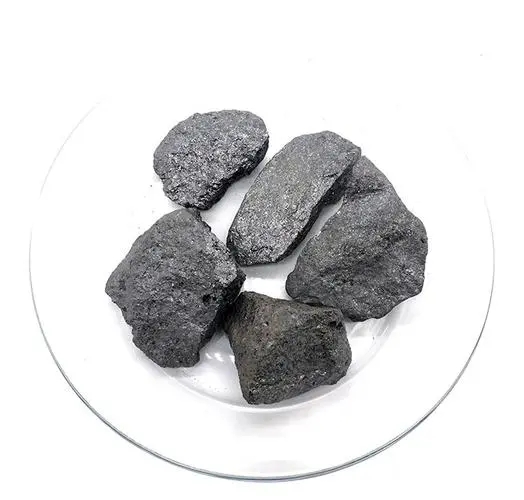
-
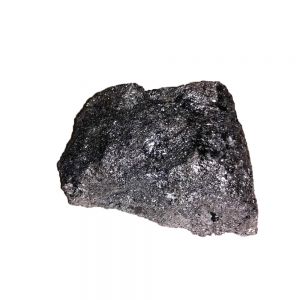
The best producer of High carbon Ferro silicon reputation Si 65% C 15%
$500.00 - $1,000.00 / Ton
-
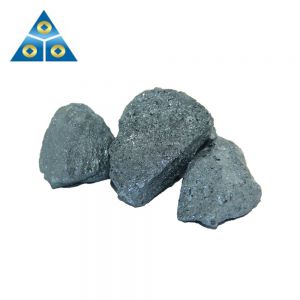
Greatly Improved Functioning 68% High Carbon Ferro Silicon
$500.00 - $1,000.00 / Ton
-
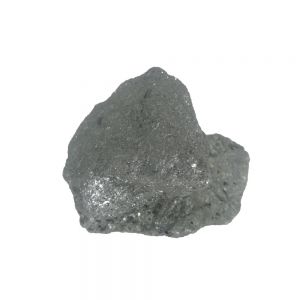
New goods steelmaking desulfurizer agent H.C FeSi Lumps High Carbon Ferro Silicon alloy
$500.00 - $800.00 / Ton
-
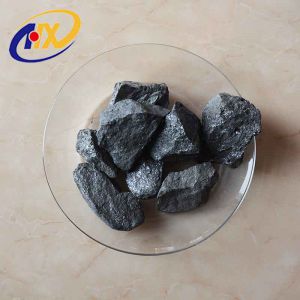
Lump Casting High Carbon Silicon Si 68 Fesi and Sic Ferro Manganese Alloy Anyang Factory Sell Pipe Mold Powder Prices
$800.00 / Ton
